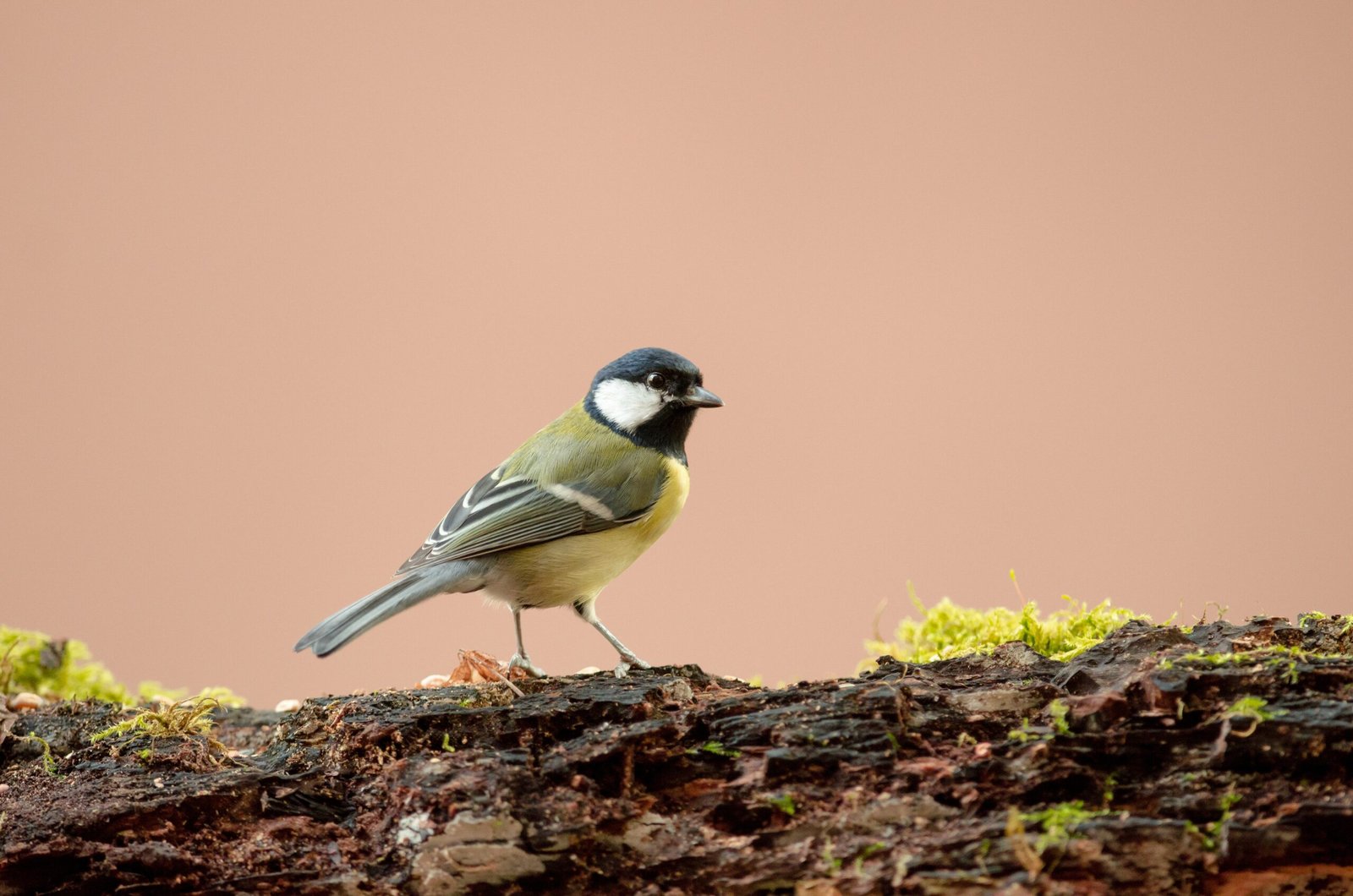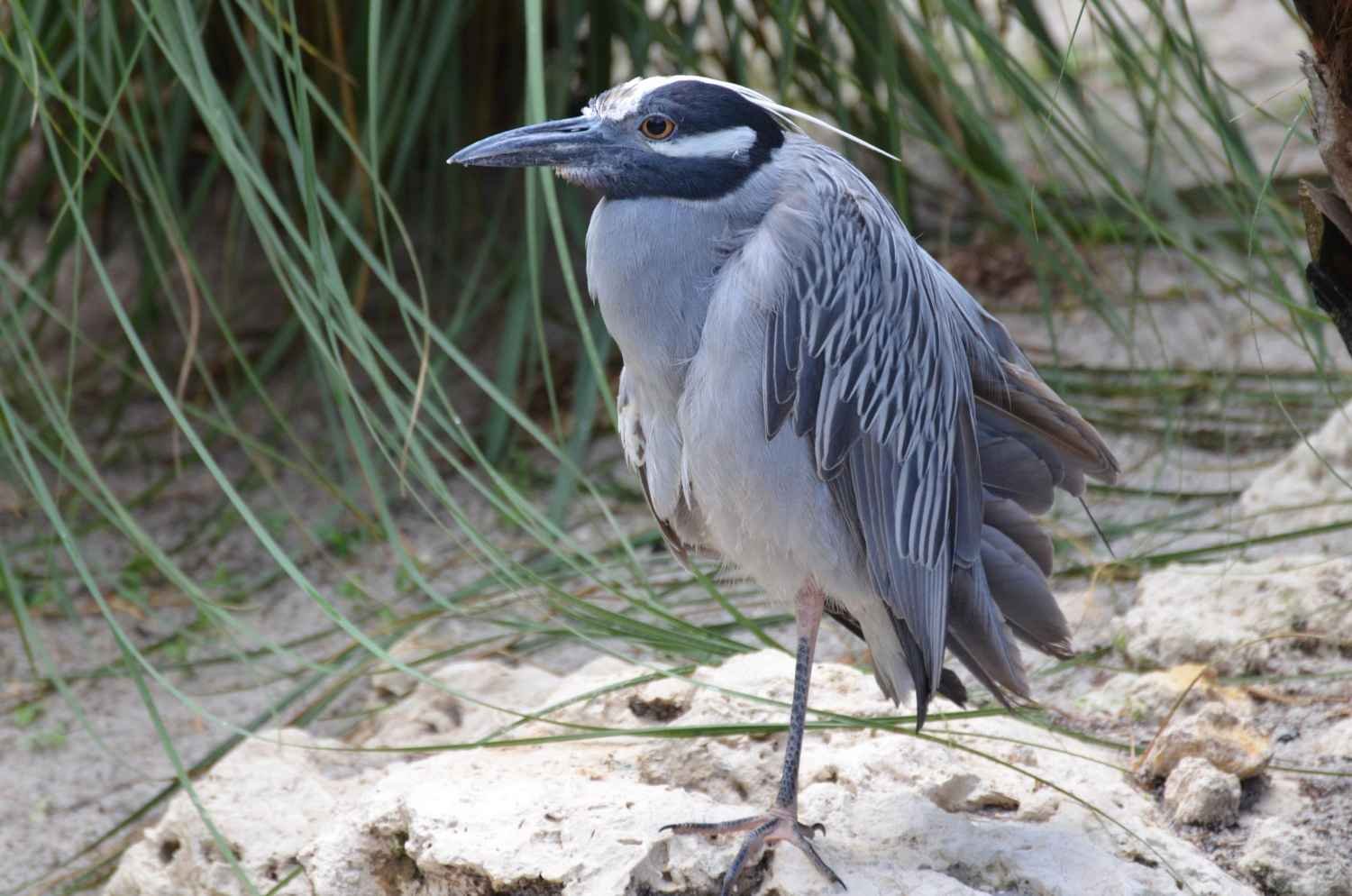Within the vertebrates we find birds, a peculiar group with feathers, beaks, lacking teeth, light but strong bones and a wide diversity of about 10,000 species, where there is also a variety of sizes, colors, flight capacity , distribution and customs. The type of diet in these animals can be very different depending on the group, which is a key difference.
In this article we are going to focus on carnivorous birds , so we will talk about their main characteristics , their eating habits and show specific examples .
Characteristics of carnivorous birds
- Birds that eat other animals are called carnivorous. They possess a number of anatomical and physiological features to enable them to thrive on such diet. Next, we mention the characteristics of carnivorous birds:
2. The beaks of carnivorous birds are strong and curved downward to better tear prey.
3. Its legs are strong and have sharp claws . These claws allow them, on the one hand, to catch and hold prey, and, on the other, help to kill the captured animal.
4. They have excellent vision that they use to spot potential prey.
5. Their sense of hearing is also quite developed, allowing them to detect their prey more easily.
6. They are agile fliers , as well as fast , with the wings being more rounded in those species that live in forested areas, thus allowing them better maneuvering. For their part, those that live in open environments have more elongated wings.
7. Their digestive system is shorter compared to that of herbivorous birds , which makes digestion easier and faster. Likewise, it contains both powerful enzymes and hydrochloric acid in concentrations and quantities necessary to decompose the meat consumed.
8. They are medium or large sized birds , a necessary characteristic for hunting prey.
What do carnivorous birds eat?
As for what carnivorous birds eat, as their name suggests, their diet is based on meat consumption . This feeding can be given in two ways:
- Through the direct capture of live animals.
- Due to the consumption of remains of corpses , in which case they are specifically designated as scavenger birds .
- On the other hand, although carnivorous birds have a predominantly animal-consuming diet, some species may include some plant matter.
Types of carnivorous birds
In addition to the already mentioned group of scavenger birds , there is a group of carnivorous birds known as birds of prey , which are hypercarnivores and are characterized by being very agile and active hunters, chasing and catching a variety of prey. Within this group we also find division in terms of hours of activity: nocturnal birds of prey and diurnal birds of prey . Nevertheless, not all carnivorous birds are raptors.
For instance, owls and eagles become grouped as birds of prey due to their hunting abilities, which include flight form, strong talons and powerful beaks, in addition to their strictly carnivorous diet, but penguins and pelicans though mainly carnivorous they
Examples of carnivorous birds
What are birds of prey? Now that we know their main characteristics, let’s look at specific examples to discover in more depth the habits of this type of meat-eating birds:
Owls and owls
Owls and owls are birds of prey that are taxonomically placed in different families, but that share certain traits in common, one of these being the diet they eat. These carnivorous birds are excellent hunters , both day and night, depending on the species. They, therefore, possess an impressive vision and hearing. Yet, they also have the peculiarity of making almost inaudible flights, enabling them to evade their prey. As specific examples we can mention the Eurasian eagle owl ( Bubo bubo ) and the barn owl ( Tyto alba ).
Eagles

Eagles are also part of the birds of prey , that is, hypercarnivorous. They are a very diverse group that includes an important variety of species and extends across several continents. According to the predominant diet, that is, in terms of the type of animal hunted, some common names have been established, such as ospreys, which feed mainly on fish, or snake eagles, which preferentially consume these and other reptiles. .
Some examples of types of eagles are the harpy eagle ( Harpia harpyja ) and the bald eagle ( Haliaeetus leucocephalus ).
Penguins
Another example of carnivorous birds is found in penguins, a very peculiar group of birds due to their aquatic habits and their inability to fly due to body modifications. Penguins live almost exclusively in the southern hemisphere, with the exception of one species that lives in the Equator, and are anatomically adapted almost exclusively to marine life. Therefore, they are part of the aquatic birds .
In general, their diet is based on fish and krill. Examples of this type of carnivorous birds are found in the emperor penguin ( Aptenodytes forsteri ) and the Galapagos penguin ( Spheniscus mendiculus ). As we see in these species, here we find giant carnivorous birds .
Falcons
Falcons or hawks, as certain species are also known in some regions, are another type of carnivorous birds, being in the group of birds of prey. They are agile hunters that use their long legs, sharp claws, and curved beaks to capture and kill prey.
Some examples are the Eurasian sparrowhawk ( Accipiter nisus ) and the bicolor falcon ( Accipiter bicolor ).
Pelicans

Pelicans are birds easily distinguished by their large sizes , as well as their beaks, and by the characteristic bags that form under the beak in several species, which serve to deposit food and filter the water to later swallow the prey. .
These carnivorous birds are aquatic and feed mainly on fish, although they may eventually include other aquatic animals. Some species that we can mention are the great white or common pelican ( Pelecanus onocrotalus ) and the American white pelican ( Pelecanus erythrorhynchos ).
Other examples of carnivorous birds
There are a lot of carnivorous birds, and therefore we have mentioned the most typical and frequently found ones. However, we name some less common ones, some of them large and others smaller:
- Shoebill ( Balaeniceps rex )
- Secretary bird ( Sagittarius serpentarius )
- Black-legged seriema ( Chunga burmeisteri )
- Formosan magpie ( Urocissa caerulea )
- White stork ( Ciconia ciconia )
- Wandering albatross (Diomedea exulans)
Also Read: Birds without feathers – Examples




